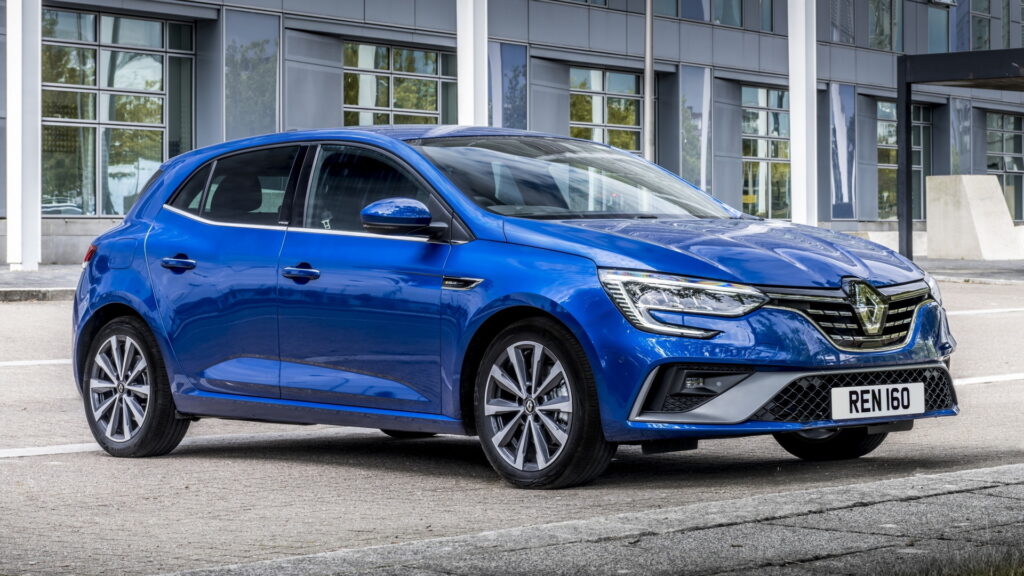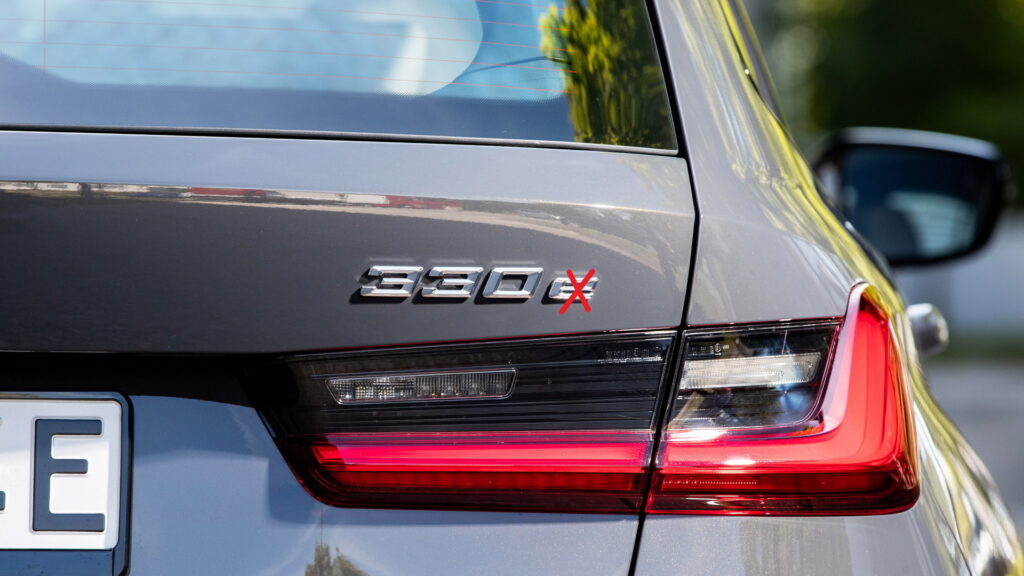European governments spent around €350 million ($375 million USD, at current exchange rates) subsidizing plug-in hybrid vehicles (PHEVs) in 2022, but the commissioners of a new study from the Graz University of Technology argue that real-world emissions data suggests that the supposedly ecological vehicles aren’t worth the investment.
“Plug-in hybrids are sold as the perfect combination of a battery for all your local needs and an engine for long distances. But real-world testing shows this is a myth,” says Anna Krajinska, vehicle emissions manager at Transport & Environment, a clean transport advocacy center. “In city tests, just one of the PHEVs has the electric range advertised, while all three emit more than claimed in commuter driving. Lawmakers should treat PHEVs based on their actual emissions.”
Researchers at the university tested three new plug-in hybrid vehicles in real world conditions in Graz, Austria. They found that the BMW 3-Series, the Peugeot 308, and the Renault Megane struggled to match WLTP electric range estimates and polluted more than indicated by WLTP estimates, whether their batteries were fully charged or not.
Read: Toyota Says PHEVs Are A Better Use Of Earth’s Limited Battery Materials
On a 50 km (31 mile) city driving loop, only the Renault Megane PHEV could match its estimated zero-emissions range, while the BMW 3-Series could only achieve 74 percent of its estimate, and the Peugeot 308 went only half as far as it was supposed to on electric power alone.
For those reasons and more, even when the batteries on the vehicles were fully charged, researchers found that the Megane emitted 20 percent more CO2 than advertised, the Peugeot emitted 70 percent more, and the BMW emitted a whopping 300 percent more than it should have, according to WLTP estimates.
When the batteries were depleted, meanwhile, the results got even worse. The cars emitted between five and seven times more than they were supposed to under those conditions. Although that may seem obvious, it remains an important test, because 71 percent of PHEVs sold in Europe become company cars, and research shows that they drive almost entirely on engine power, and are rarely charged.
Even utilizing the latest technology didn’t seem to help. The BMW 3-Series made use of “geofencing” technology that worked to intelligently save battery power on the highway and deploy it in the city where, in theory, it should be more useful. The study found, though, that this technology did not guarantee that the vehicle would drive on its batteries alone in the city, and risked increasing CO2 emissions in other areas.
The results of the study, though limited, have prompted Transport & Energy to advocate that lawmakers change how they subsidize PHEVs. At the very least, the organization says, the incentives should be based on real world pollution.
“PHEVs should not be treated as zero emission even if they have geofencing capability. Private car and company car taxes for PHEVs should be based on the actual CO2 reduction delivered,” says Krajinska. “Governments should end all purchase subsidies for PHEVs in fleets and instead encourage companies to use battery electric cars, which are truly zero emissions.”





